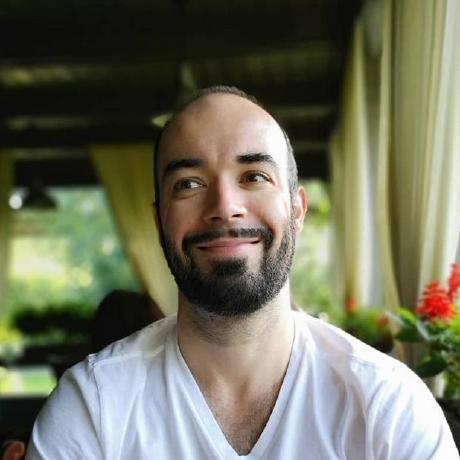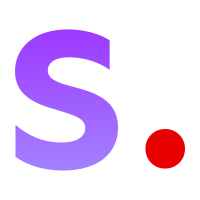Discover and explore top open-source AI tools and projects—updated daily.
WonderJourney by  KovenYu
KovenYu
AI research paper for generating scene videos with camera movement
Top 45.5% on SourcePulse
WonderJourney enables users to generate novel 3D scenes and dynamic camera paths from single images. It targets researchers and artists interested in generative 3D content creation, offering a way to explore and animate scenes beyond their initial input.
How It Works
The system leverages a multi-stage process. It begins by estimating depth from input images using a DPT-based model. Then, it utilizes GPT-4 to generate descriptive captions for scene elements. These captions, along with style prompts, are used to generate new views via Stable Diffusion. Finally, PyTorch3D is employed for rendering and animating the scene based on user-defined camera paths. This approach allows for scene expansion and controlled exploration.
Quick Start & Requirements
- Installation: Clone the repository, create a Conda environment (
mamba create --name wonderjourney python=3.10), and install dependencies including PyTorch 1.13.0 with CUDA 11.6, PyTorch3D, fvcore, iopath, nvidiacub, and other requirements fromrequirements.txt. A spaCy English model (en_core_web_sm) is also needed. - Prerequisites: Requires a CUDA-compatible GPU with at least 24GB of VRAM. An OpenAI API key for GPT-4 is necessary. The MiDaS DPT model (
dpt_beit_large_512.pt) must be downloaded. - Resources: Setup involves cloning, environment creation, and multiple dependency installations, which can take a significant amount of time.
- Documentation: Website, arXiv
Highlighted Details
- Generates dynamic camera paths and 3D scenes from single images.
- Integrates GPT-4 for scene description generation.
- Utilizes Stable Diffusion for novel view synthesis.
- Employs PyTorch3D for rendering and animation.
Maintenance & Community
The project is associated with authors from institutions like MIT and Google. Links to the primary author's Twitter are provided.
Licensing & Compatibility
The repository does not explicitly state a license. The project acknowledges contributions from other open-source projects, which may have their own licenses.
Limitations & Caveats
The project requires substantial GPU memory (24GB) and a specific CUDA version. The dependency installation process, particularly for PyTorch3D, can be complex and time-consuming. The use of GPT-4 implies potential costs and reliance on OpenAI's API.
1 year ago
Inactive

 haoyuhsu
haoyuhsu FotographerAI
FotographerAI LPengYang
LPengYang alibaba
alibaba omerbt
omerbt wenqsun
wenqsun Sxela
Sxela Fyusion
Fyusion brycedrennan
brycedrennan Wan-Video
Wan-Video Stability-AI
Stability-AI